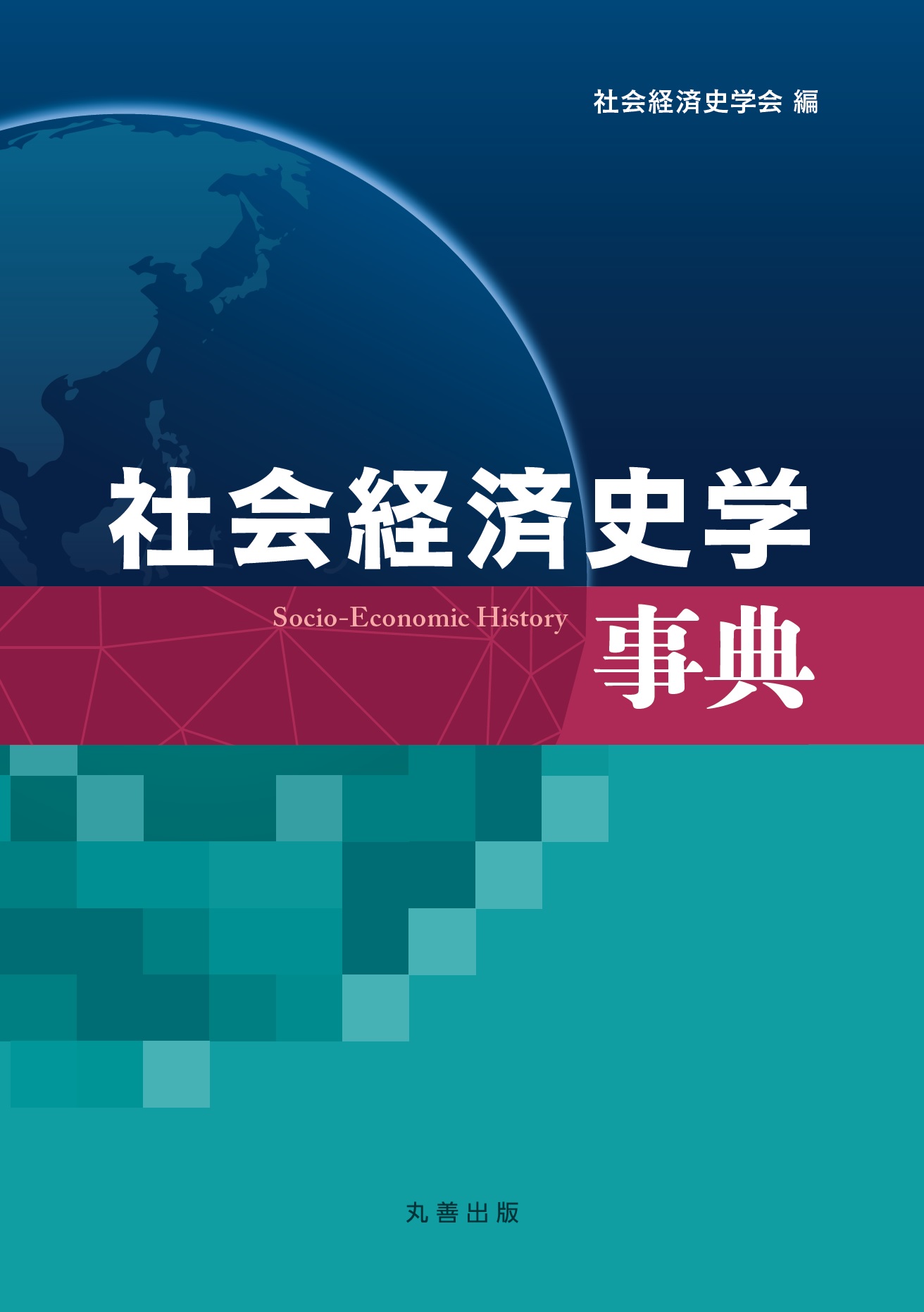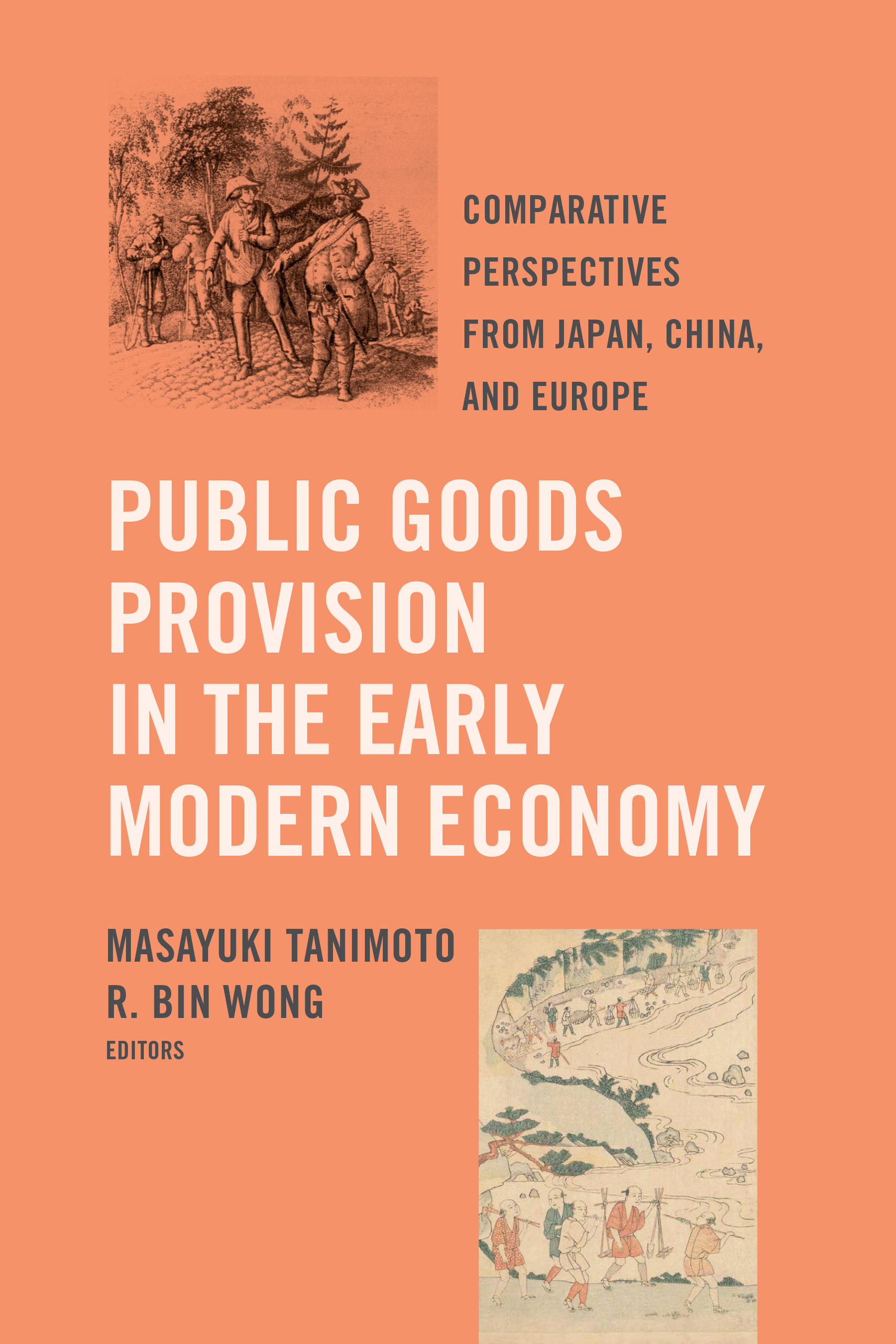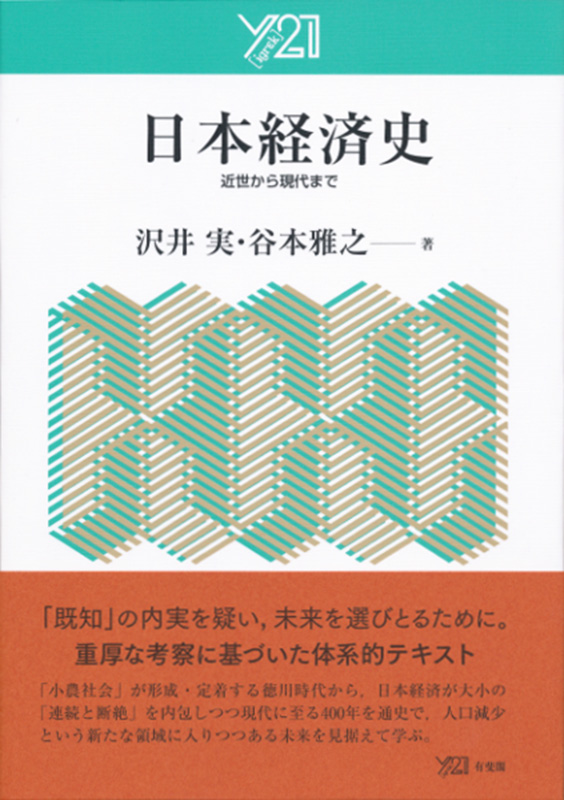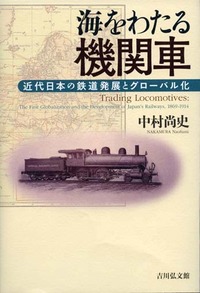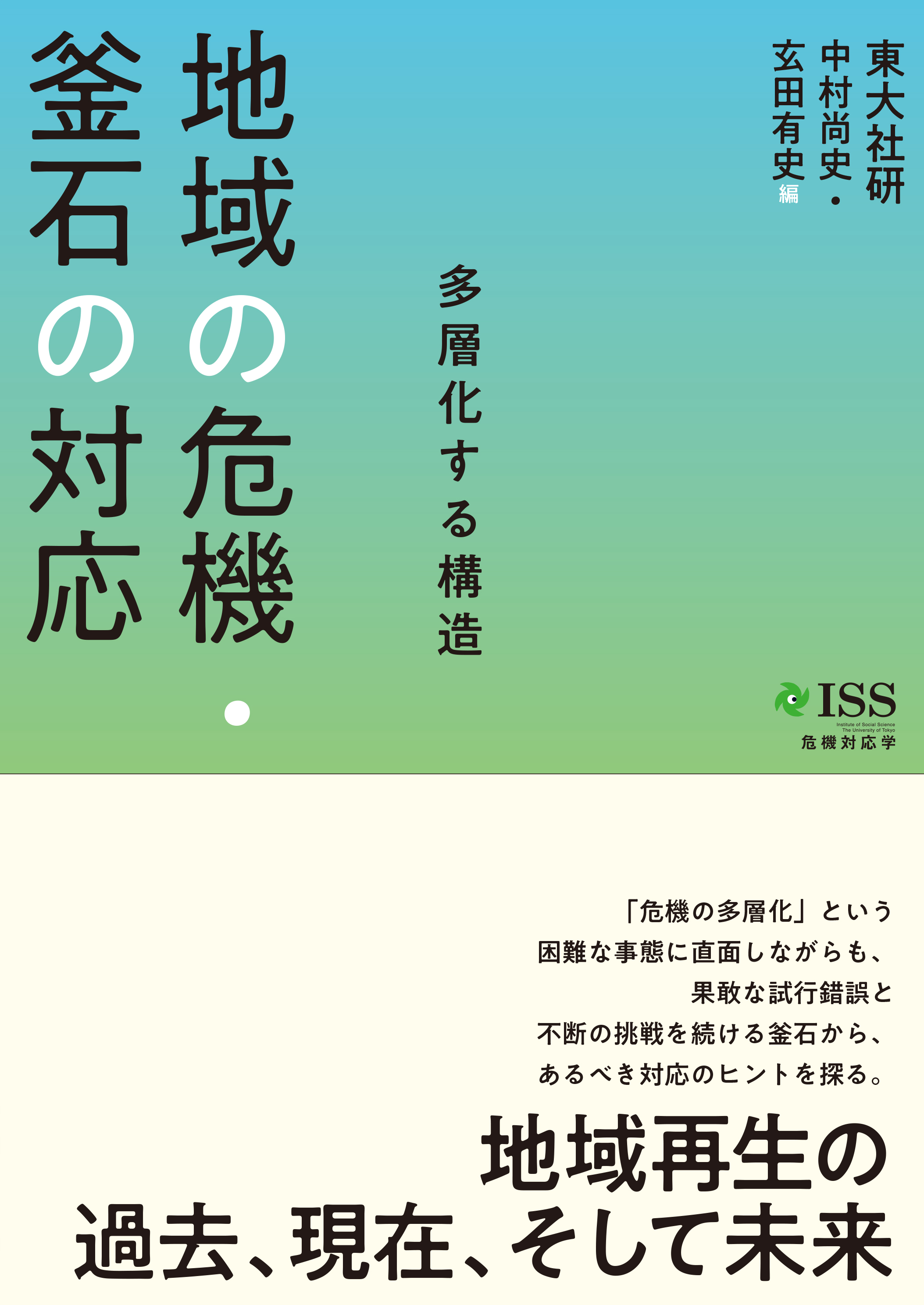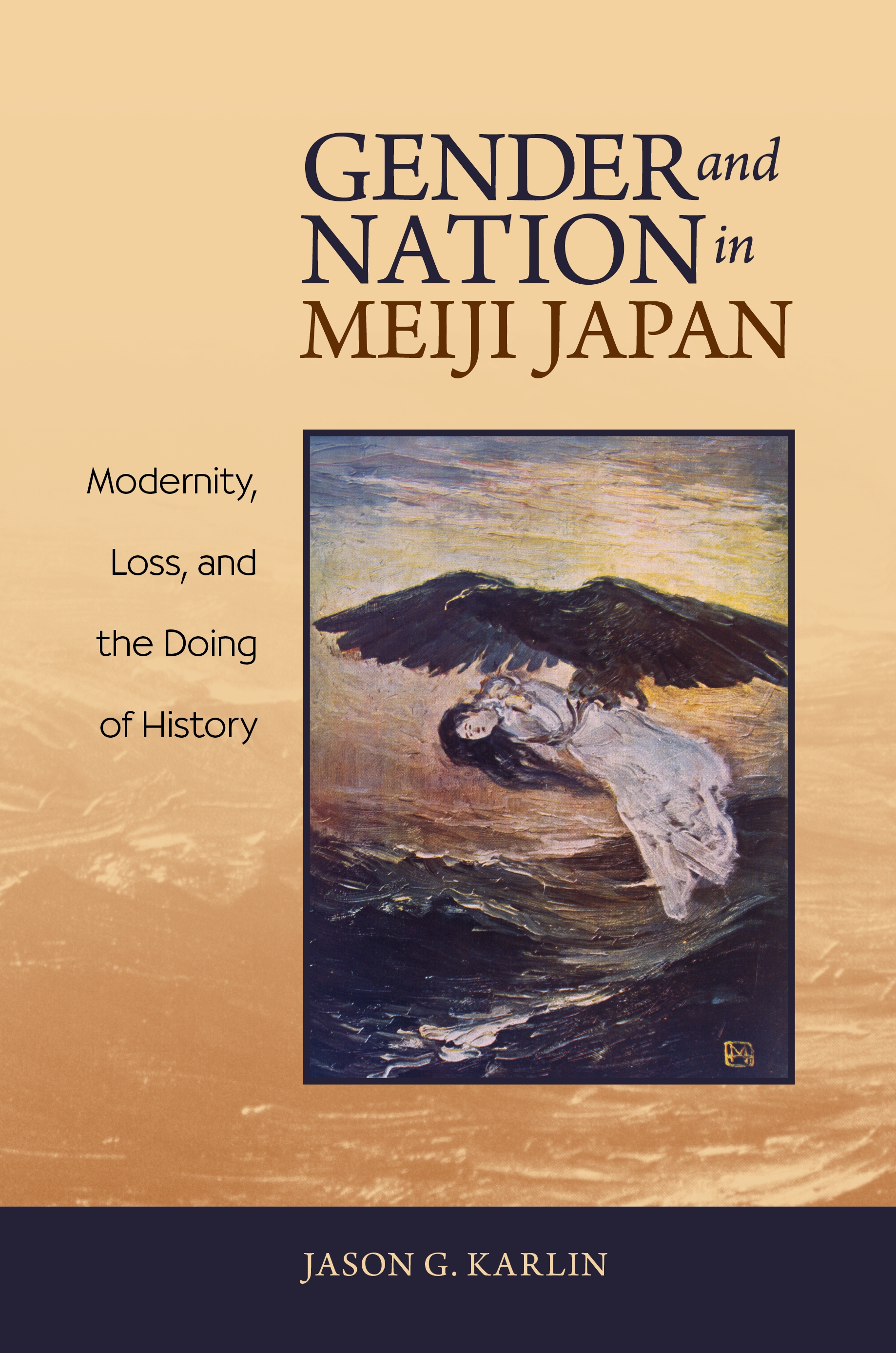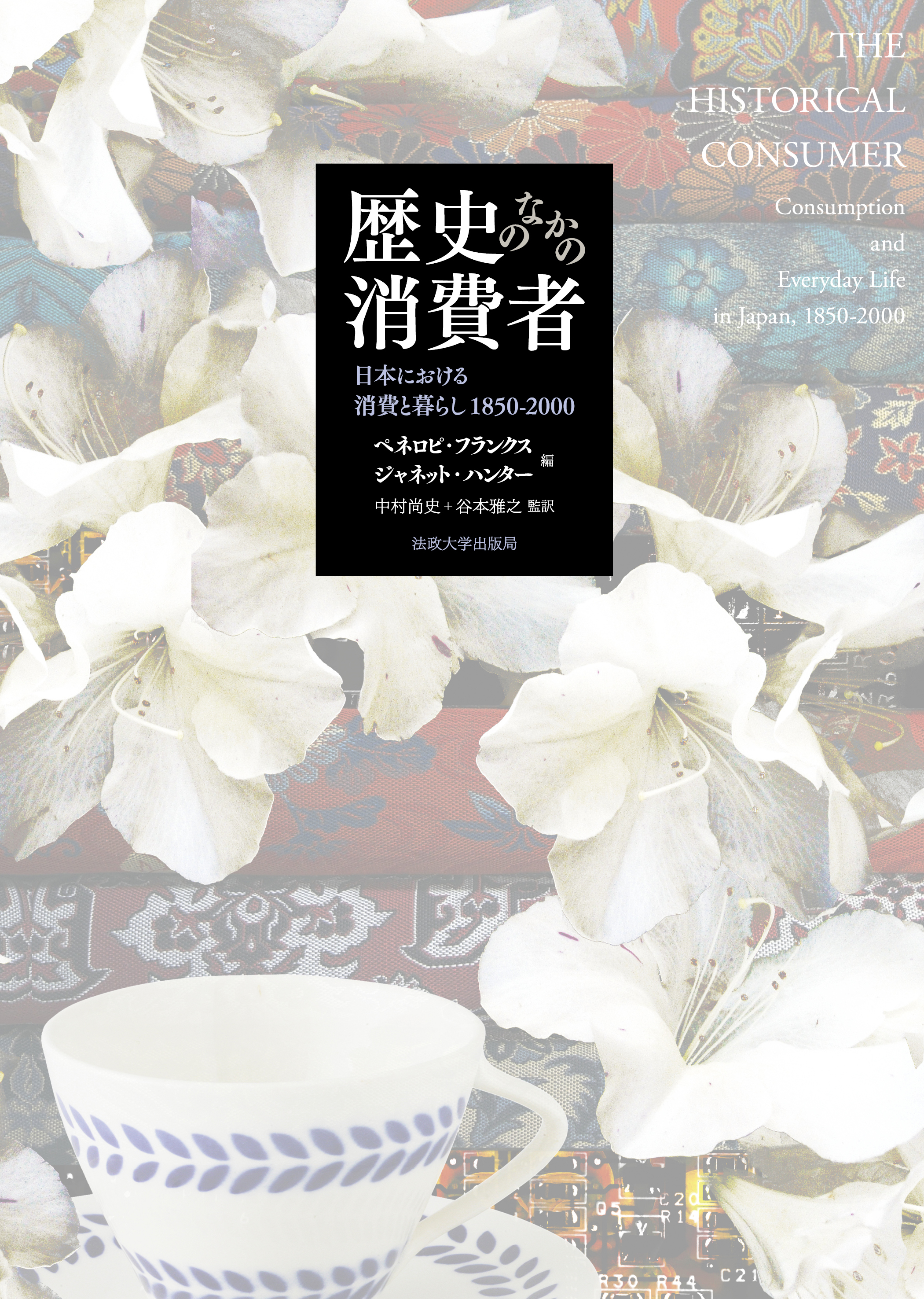
Title
Rekishi no naka no Shōhisha: Nihon ni okeru Shōhi to Kurashi 1850-2000 (Consumers in History: Consumption and Life in Japan 1850-2000)
Size
367 pages, A5 format, hardcover
Language
Japanese
Released
March 18, 2016
ISBN
978-4-588-32707-0
Published by
Hosei University Prses
Book Info
See Book Availability at Library
Japanese Page
This book—edited by Penelope Francks (Honorary Fellow, University of Leeds) and Janet Hunter (Professor, London School of Economics, University of London), two English researchers of Japanese economic history—is the result of international joint research on consumption and daily life in modern Japan. Participants included leading researchers on this subject, mainly from the United Kingdom and Japan and also from the United States and Canada. The English version was published by Palgrave Macmillan in 2012, followed by the Japanese version published by Hosei University Press in 2016. From the University of Tokyo, Naofumi Nakamura (Institute of Social Sciences) and Masayuki Tanimoto (Graduate School of Economics) participated in the joint research and were also involved in the translation.
In recent years, the field of historical studies in Europe and the United States has seen remarkable developments in research on consumption and daily life. While cultural studies and gender theory have been flourishing of their own accord, a consideration of their theoretical methodologies reveals a series of influential research publications even in the field of socioeconomic history, by leading economic historians such as Jan de Vries (The Industrious Revolution: Consumer Behavior and the Household Economy, 1650 to the Present, Cambridge University Press, 2008, etc.) that incorporate these methodologies. In comparison, the discipline of socio-economic history of Japan, which has traditionally focused on the supply-side manufacturing and distribution of goods, has been slow to incorporate research on demand-side aspects such as consumption and daily life. Therefore, seemingly thriving areas of consumption history of Japan based on the method of social and cultural history lacks the sufficient link with economic reality.
With this research situation as its basis, this book emphasizes the perspective of socio-economic history, while still allowing experts actively conducting research in economic and social history to bring their respective disciplines and areas of study to life, carving into modern Japanese history from all directions using “consumption” as a common keyword. The chapters discuss various types of consumer behavior and accompanying changes in daily life, through an analysis of the relationship between household consumption and housework; the consumption of goods, i.e., clothing, home electronics, foodstuffs, and medicines; and the consumption of services such as transportation, communication, and leisure. There are no other books, at least in the Japanese language, which analyze consumer life in modern Japan from such a multifaceted perspective. Furthermore, this is an exceptional co-authored work of Japanese history researchers in Europe and the United States, who tend to be inclined to theoretical issues, and economic history researchers of Japan, who tend to persist in analyzing materials, with both complementing each other’s strengths and weaknesses and deriving benefit through sufficient discussions to produce this book. It is an actual demonstration of the meaning and results of collaboration between researchers on the histories of other nations and one’s own nation, itself serving as an example of ideal international academic exchange in historical research.
With an emphasis on the actual economic aspects of changes in consumption and daily life in the long period of industrialization from 1850 to 2000 as well as consideration of cultural research perspectives, this book will contribute to a deeper understanding of the modern consumer society and serve as a foundation for new developments in research into the socio-economic history of consumption.
(Written by TANIMOTO Masayuki, Professor, Graduate School of Economics / 2017)
Related Info
http://www.palgrave.com/us/book/9780230273665



 Find a book
Find a book


